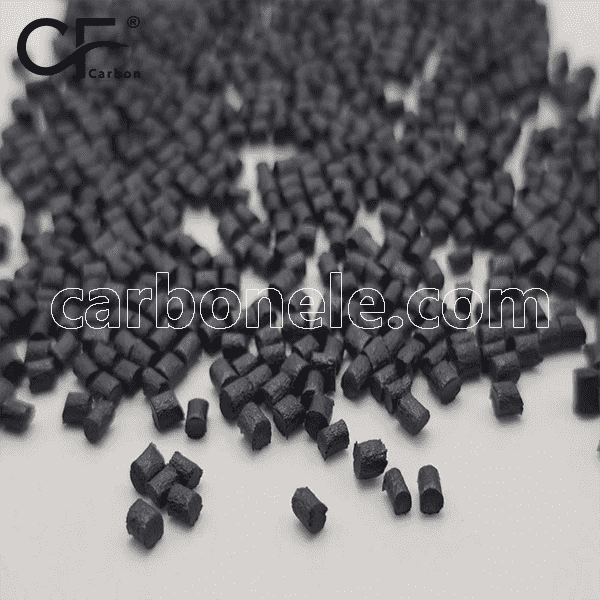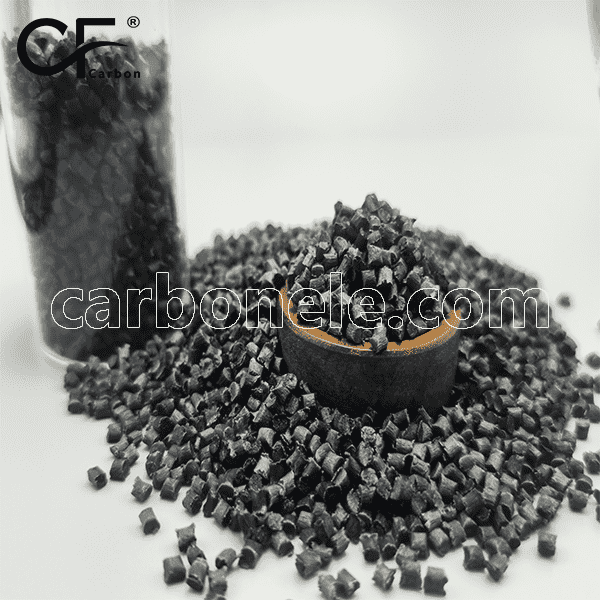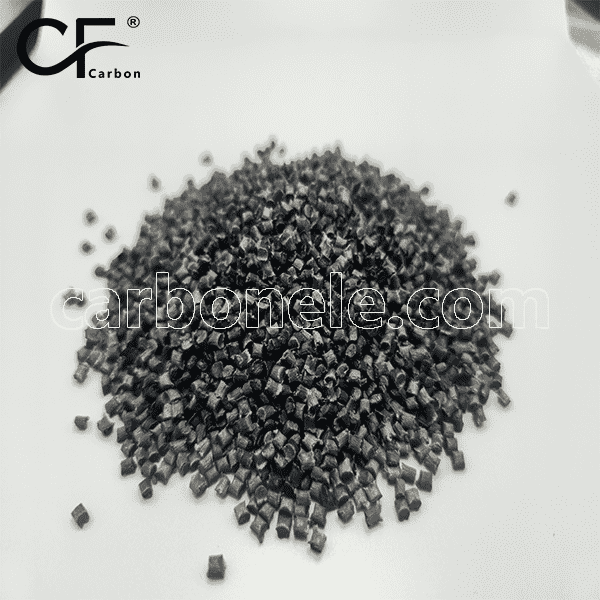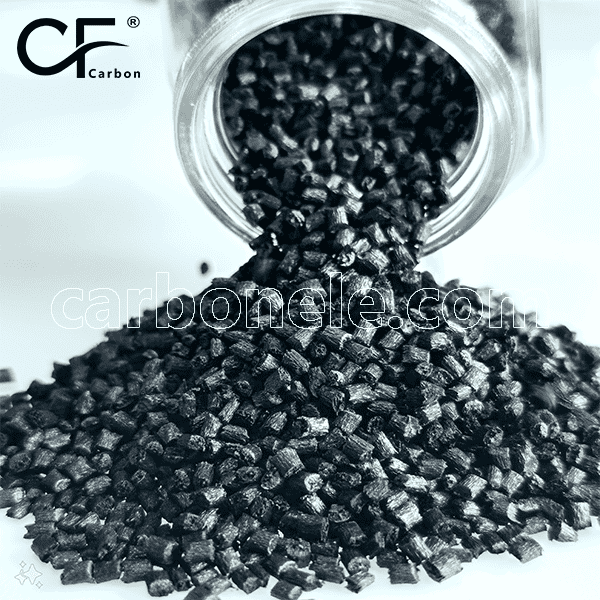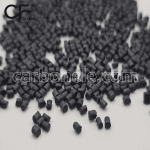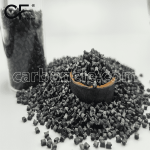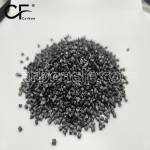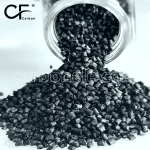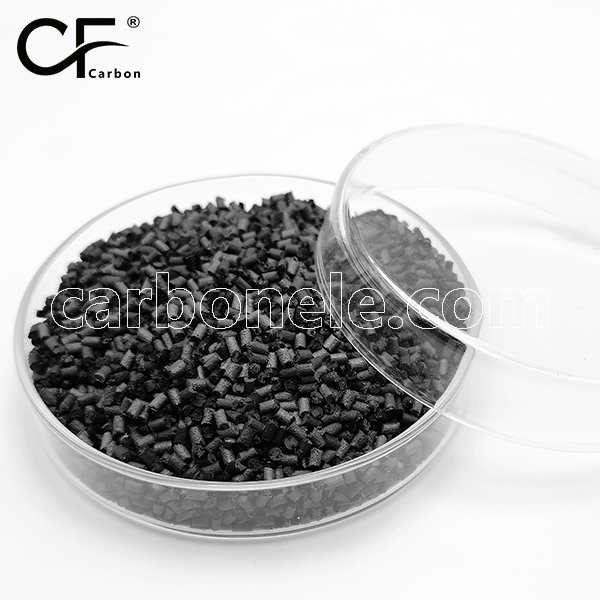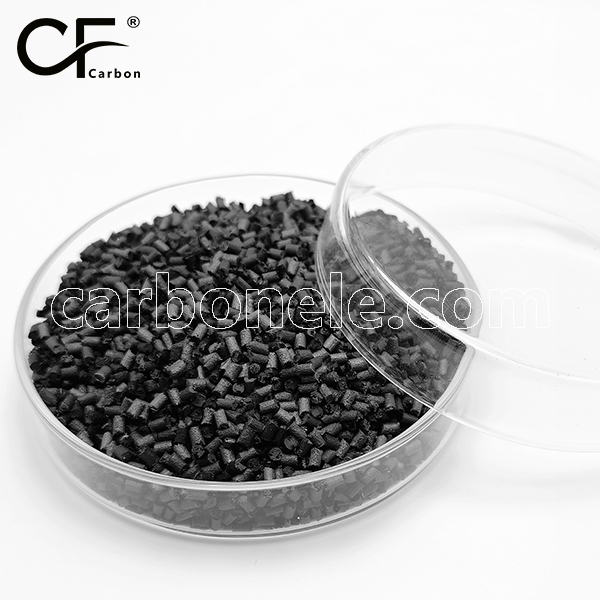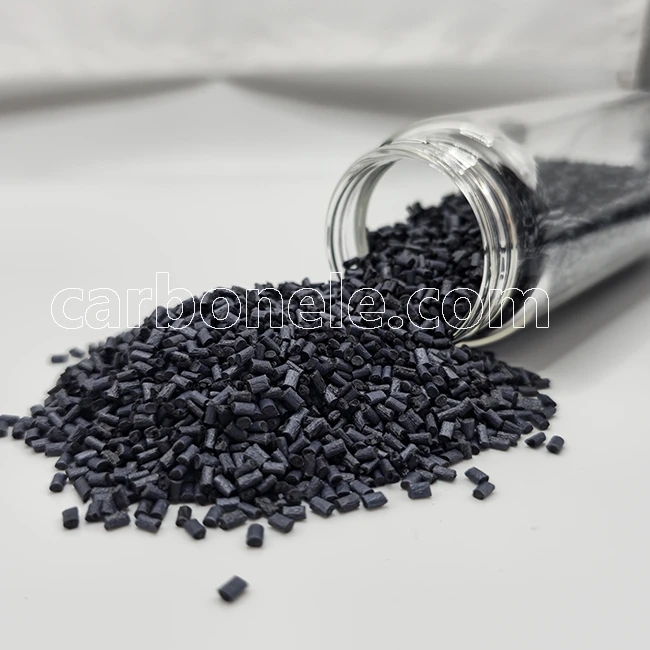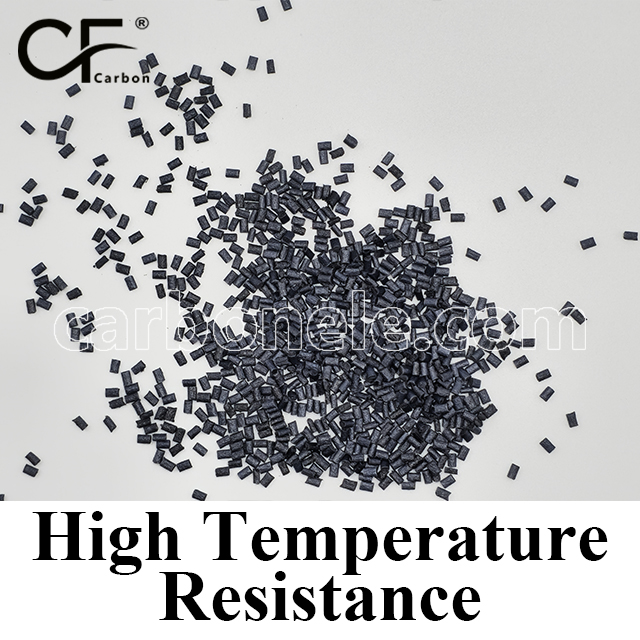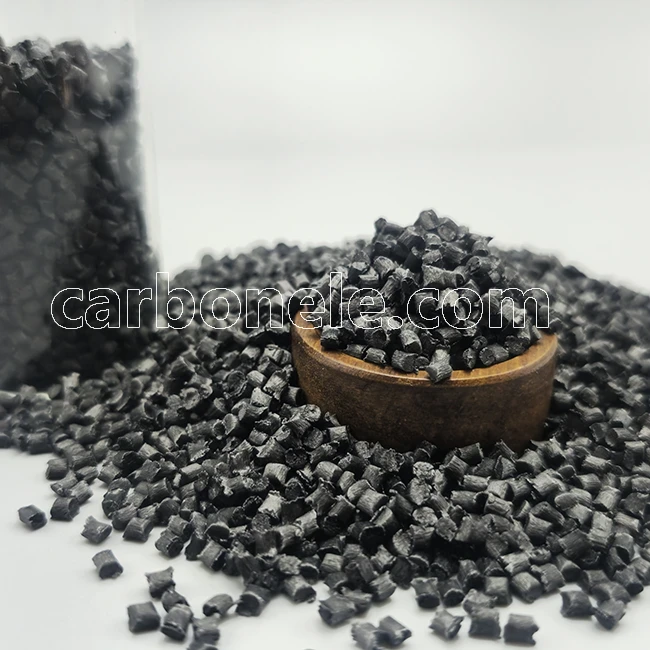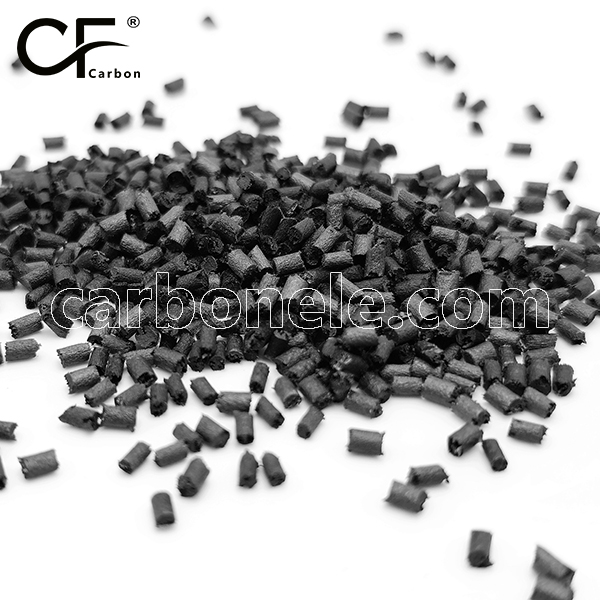
PP CF10 – Advanced Polymer Blend
Non-stick Easy Demoulding PP CF10 offers high strength, rigidity, and excellent fatigue resistance. It provides good heat resistance, low thermal expansion, and strong chemical stability, along with non-stick and easy demoulding properties for optimal separation claw performance.
- Model: PP-CF-BCA1
- Matrix Resin: Polypropylene
- Reinforcing Filler: Carbon Fiber (10%)
- Appearance: Black Granules
- Packaging: 25kg/bag
PP CF10 Carbon Fiber Reinforced Polypropylene – High-Performance Engineering Composite
PP-CF-10 represents an advanced thermoplastic composite that masterfully combines polypropylene’s exceptional processability with the superior mechanical properties of 10% carbon fiber reinforcement. This engineered material delivers an exceptional stiffness-to-weight ratio, enhanced dimensional stability, and outstanding resistance to chemicals and environmental corrosion.
Premium-Grade Material for Demanding Industrial Applications
The unique property profile of PP-CF10 makes it ideally suited for the most challenging applications across multiple sectors, including: heavy-duty industrial machinery components, high-stress automotive structural parts and under-the-hood applications, as well as durable outdoor equipment requiring superior weather resistance and long-term performance reliability. This composite material offers manufacturers the perfect balance between performance characteristics and cost-efficiency for industrial-grade applications.
What is PP CF10?
PP CF10 refers to 10% Carbon Fiber Reinforced Polypropylene, a high-performance engineering thermoplastic. It combines the lightweight and chemical-resistant properties of polypropylene with enhanced strength, stiffness, and dimensional stability due to carbon fiber reinforcement. PP CF10 offers improved mechanical performance, better heat resistance compared to standard PP, and excellent fatigue resistance. It is commonly used in automotive, industrial, and consumer applications where a balance of cost, weight savings, and structural performance is required.
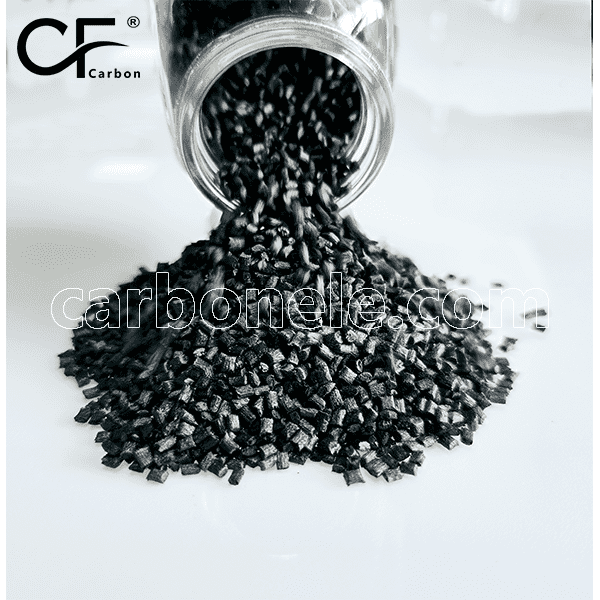
What are the advantages of PP CF10?
PP CF10 (10% Carbon Fiber Reinforced Polypropylene) offers enhanced strength, stiffness, and dimensional stability while retaining PP’s lightweight, chemical resistance, and cost efficiency. It withstands higher temperatures (~120°C) than standard PP and provides excellent fatigue resistance, making it ideal for automotive and industrial applications where moderate heat resistance and weight savings are key—though it has lower performance than advanced composites like PPS-CF10.
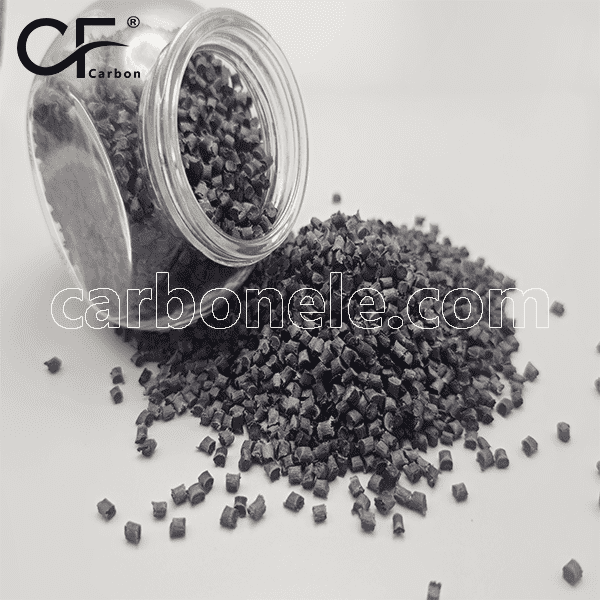


Frequently Asked Questions
Carbon (Xiamen) New Material Co., Ltd. aims to provide buyers with "one-stop" worry-free high-quality services. Here you can find all information about carbon fiber engineering plastics. If you still have questions, please send us an email for consultation!
-
How can I contact the manufacturer of a product that interests me?
When you find a product you are interested in, you can contact the manufacturer directly by sending an email and we will get back to you as soon as possible.
-
How do I find the products that interest me?
All you need to do is enter the keyword, product name in the search window and press the Enter key on your keyboard. Your search results page will then be displayed. You can also search within the product category pages on the home page. Each category is divided into subcategories, allowing you to refine your search and find products that interest you.
-
Where will I find a buying guide?
Please contact our after-sales service directly and we will provide you with a comprehensive operating guide.
-
What are CF Reinforced Thermoplastic Composites?
CF Reinforced Thermoplastic Composites are materials where carbon fibers are incorporated into a thermoplastic matrix. They combine the strength and stiffness of carbon fibers with the processability and recyclability of thermoplastics. For instance, they are used in automotive parts like bumper beams.
-
What are the benefits of CF Reinforced Thermoplastic Composites over traditional composites?
The key benefits include faster production cycles, easier recyclability, and better impact resistance. They also offer design flexibility. An example is in the manufacturing of consumer electronics casings where complex shapes can be achieved more easily.
-
How are CF Reinforced Thermoplastic Composites processed?
Common processing methods include injection molding, extrusion, and compression molding. Injection molding is widely used for mass production. For example, in the production of small components for the medical industry.
-
What industries use CF Reinforced Thermoplastic Composites?
They are utilized in aerospace, automotive, medical, and sports equipment industries. In aerospace, they can be found in interior components. In the medical field, they might be used in prosthetics.
-
How does the carbon fiber content affect the properties of the composites?
Higher carbon fiber content generally leads to increased strength and stiffness but may reduce ductility. A moderate content is often balanced for specific applications. For example, a higher content might be preferred in structural parts of a race car.
-
What are the challenges in using CF Reinforced Thermoplastic Composites?
Challenges include higher material costs, complex processing equipment requirements, and ensuring uniform fiber dispersion. Issues with adhesion between the fibers and the matrix can also arise. An example is in achieving consistent quality in large-scale production.







